July 1, 2014
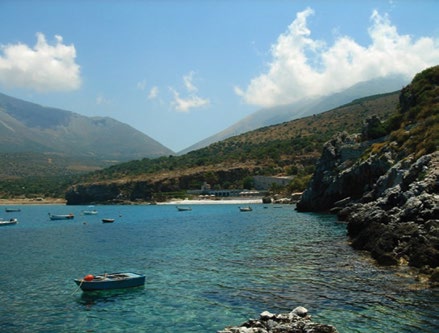
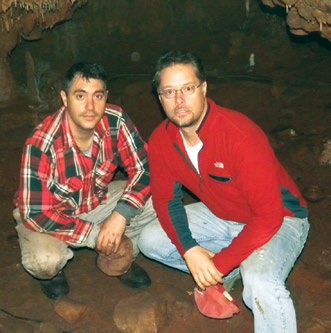
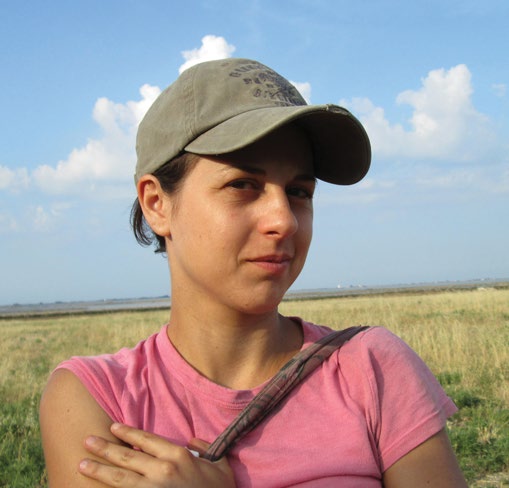
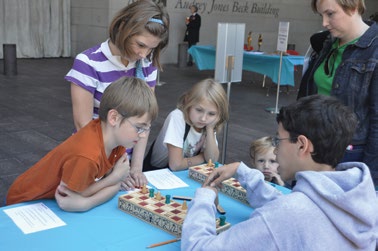
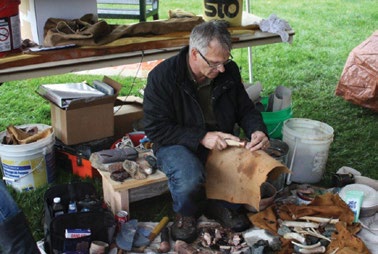
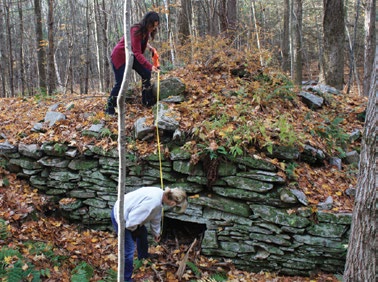
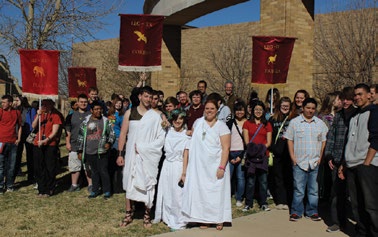
William Parkinson, Associate Curator of Eurasian Anthropology at the Field Museum of Natural History in Chicago, and Darian Marie Totten, Assistant Professor in the Department of Classics at Davidson College in Davidson, North Carolina, are the winners of the 2014 Cotsen Excavation Grants. Each will receive an award of $25,000 to support their excavations and research.
Parkinson was awarded the Cotsen Grant for mid-career project directors to support the final season of a multiyear project in Diros Bay on the Mani Peninsula of the southern Greek mainland. The 2014 field season will focus on the Neolithic settlement of Ksagounaki Promontory, located just outside the entrance to Alepotrypa Cave. Together, Ksagounaki and Alepotrypa formed the largest agricultural settlement in the region at the end of the Neolithic Period. Parkinson and his colleagues Anastasia Papathanasiou (Ephoreia of Paleoanthropology and Speleology for Southern Greece), Michael Galaty (Mississippi State University), and Giorgos Papathanassopoulos (Greek Ministry of Culture, retired) are exploring how early agricultural villages such as Ksagounaki grew and expanded in the Neolithic. Understanding the dynamics of village organization in southern Greece will enable them to better understand the cultural background of the important political and economic transformations that occurred during the subsequent Bronze Age, which eventually paved the way for the emergence of the Mycenaean states.
The grant for first-time project directors was awarded to Darian Marie Totten for the Salapia Exploration Project. Totten and her colleagues Roberto Goffredo and Giovanni de Venuto of the University of Foggia will examine the complex environmental and human history of the coastal lagoon of Lago di Salpi, on the Adriatic coast of Italy. While the precarious and changeable coastal landscape posed challenges to habitation during the Roman, Late Antique, and Medieval periods, it also offered benefits, such as a natural harbor and productive salt pans. Totten’s research program includes two excavations, one at Salapia and the other at San Vito, and a rigorous geomorphological study of the lagoon environment. The excavation at Salapia, an ancient urban center and port, will offer insights into the inner workings of a Mediterranean trading center, while work at San Vito, a coastal villa on the southeastern side of the lagoon, will offer a rural counterpoint to Salapia.
Cotsen Grants are made possible through the generous support of Lloyd E. Cotsen, former AIA Board Member and chairman of the Cotsen Foundation for the ART of TEACHING and the Cotsen Foundation for Academic Research. Two grants of $25,000 each are available annually, with one providing seed money to an archaeologist organizing his or her first excavation, and the other assisting a mid-career archaeologist moving forward with an excavation in progress. The next deadline to apply for the Cotsen Excavation Grants is November 1, 2014. To read more about the Cotsen Excavation Grant and other AIA grants and fellowships, please visit www.archaeological.org/grants.
AIA’s Local Societies, spread across the United States, Canada, and Europe, offer interesting, informative, and innovative archaeological programming to their communities. Each year, through the Societies’ efforts, thousands of people have opportunities to experience archaeology firsthand right in their own backyards. Since 1997, the AIA has supported the programs offered by Local Societies through the Society Outreach Grant Program. To date the AIA has awarded almost $120,000 to more than 80 programs. Winners in the last round of grants (fall 2013) were:
AIA Akron-Kent Local Society for A Taste of Ancient Greece and Rome: A symposium in the classical sense, the program included a banquet, entertainment, and short lectures. By hosting and publicizing events like these, the Society maximizes its exposure to the wider community in Akron, Kent, and neighboring areas and promotes membership in the AIA while providing participants with an enjoyable and entertaining educational experience.
AIA Central Arizona Local Society for Apples + Archaeology: This innovative and dynamic public outreach program, now in its fifth year, was created to connect faculty members from local colleges and universities with K–12 educators and students in the metropolitan Phoenix area. Faculty members present lectures and creative projects to diverse groups of students across the Valley of the Sun.
AIA Houston Local Society for an Educational Residency on Texas Archaeology: The Local Society partnered with educators and archaeologists from the Shumla Archeological Research & Education Center to present a week of events focused on the history of Paleolithic Texas at several local elementary and middle schools.
AIA Milwaukee Local Society for its Fifth Annual Milwaukee Archaeology Fair: The two-day fair included two dozen presentations and displays featuring archaeology and culture from Wisconsin and around the world. Programs included ancient games, a “name that myth” challenge, and opportunities to learn about flotation, Inca mummies, and writing systems. Also on hand in full regalia were reenactors representing Roman legionaries, Celtic warriors, Greek hoplites, and Renaissance knights.
AIA Rochester Local Society for Classroom Visit with “Alex the Archaeologist”: As a pre-visit supplement to “Passport to the Past,” the most popular school tour offered at the Memorial Art Gallery, area teachers could invite “Alex the Archaeologist” to visit their classroom. Alex presented an interactive, illustrated talk on the basics of archaeology, conducted a sample excavation, and provided an object-based hands-on activity for the students.
AIA Stanford Local Society for Archaeology Memory—Heritage Preservation: In an effort to preserve the history of archaeology, the program invited archaeologists to answer a set of questions and relate personal experiences, anecdotes from the field, recollections of mentors and archaeologists from previous generations, and advice for future generations.
AIA Staten Island Local Society for Staten Island Archaeology Fair: A joint effort between the Society and Wagner College, the fair featured informative, fun, and interactive programs presented by archaeologists, historians, museum educators, and interpreters from organizations in the greater New York City area.
AIA Toronto Local Society for Archaeology Student Publication Workshop: Students presenting papers at the workshop had the opportunity to practice their presentation skills, see their work in a professional context, and receive valuable critiques and advice in a supportive setting that promoted dialogue and interaction.
To learn more about these and other Local Society programs and the grant program, please visit archaeological.org/ societies.